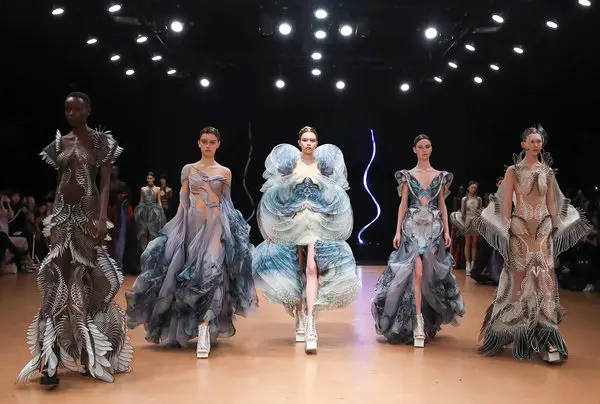Fashion design is an intricate art form that blends creativity, craftsmanship, and innovation to transform fabric into wearable works of art. Behind every stunning garment lies a meticulous process and an array of techniques employed by designers to bring their visions to life. Let’s delve into the world of fashion design techniques, uncovering the craftsmanship, creativity, and expertise that shape the runway and the wardrobes of fashion enthusiasts worldwide.
Sketching and Conceptualization
Design Ideation:
Fashion designers begin by conceptualizing their ideas, sketching initial designs that capture the essence of their creative vision.
Mood Boards and Inspiration:
Collating images, fabrics, textures, color palettes, and references onto mood boards helps designers refine their concepts and establish a cohesive theme.
Pattern Making and Draping
Pattern Creation:
Patterns serve as blueprints for garments, with designers creating intricate templates to outline the shapes and structures of the clothing.
Draping Techniques:
Draping fabric directly on dress forms or mannequins allows designers to experiment, sculpt, and visualize the garment’s silhouette and design elements.
Fabric Manipulation and Texturing
Fabric Selection:
Choosing the right fabric is crucial, as it influences the drape, texture, and overall aesthetic of the garment, dictating how it will hang and move.
Textile Techniques:
Fashion designers employ various techniques like pleating, ruching, smocking, appliqué, embroidery, and beading to add depth, dimension, and visual interest to fabrics.
Sewing and Construction
Garment Construction:
Skilled sewing techniques bring designs to life, involving precise stitching, seams, hemming, and finishing touches that ensure a polished final product.
Tailoring and Fit:
Expert tailoring techniques ensure garments fit impeccably, with attention to proportions, darts, and adjustments for a flattering silhouette.
Embellishment and Detailing
Embellishment Methods:
Incorporating embellishments like sequins, crystals, lacework, or hand-painted details enhances the visual appeal and uniqueness of a garment.
Detailing and Finishing:
Small details such as buttons, zippers, trims, and closures contribute to the overall aesthetics and functionality of the design.
Experimental and Avant-Garde Techniques
Avant-Garde Innovations:
Pushing boundaries, designers explore unconventional materials, innovative cuts, and experimental techniques to create avant-garde and boundary-pushing designs.
Technology Integration:
Embracing technology, designers leverage 3D printing, digital modeling, and CAD (Computer-Aided Design) for precision, efficiency, and futuristic design exploration.
Conclusion
Fashion design techniques encompass a wide spectrum of creative processes, technical skills, and artistic sensibilities that come together to shape the world of fashion. Each technique contributes to the intricate journey from conceptualization to the creation of stunning garments that grace fashion runways and wardrobes worldwide. As fashion evolves, designers continue to push the boundaries of creativity, innovation, and craftsmanship, weaving together traditional methods with modern technologies to create timeless and trendsetting designs. Understanding the craftsmanship and expertise behind fashion design techniques celebrates the artistry and craftsmanship that defines the ever-evolving world of fashion.

